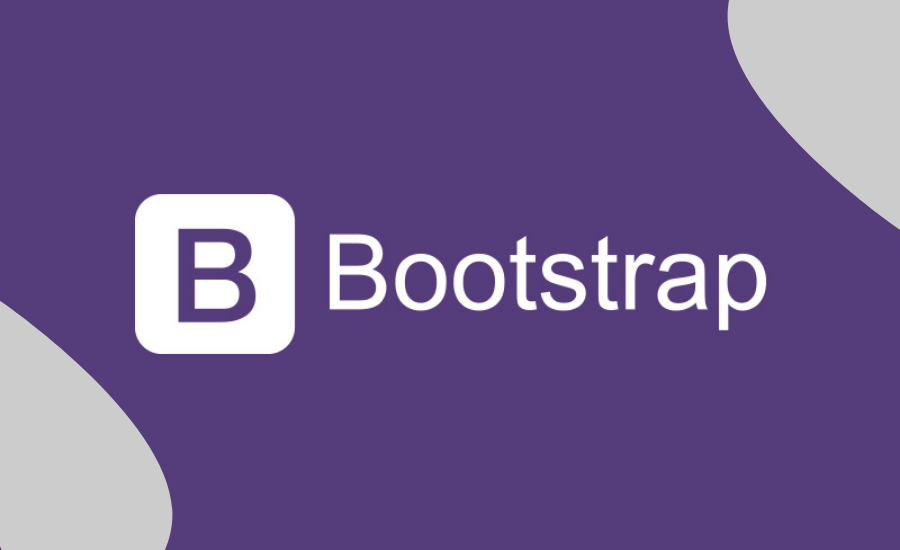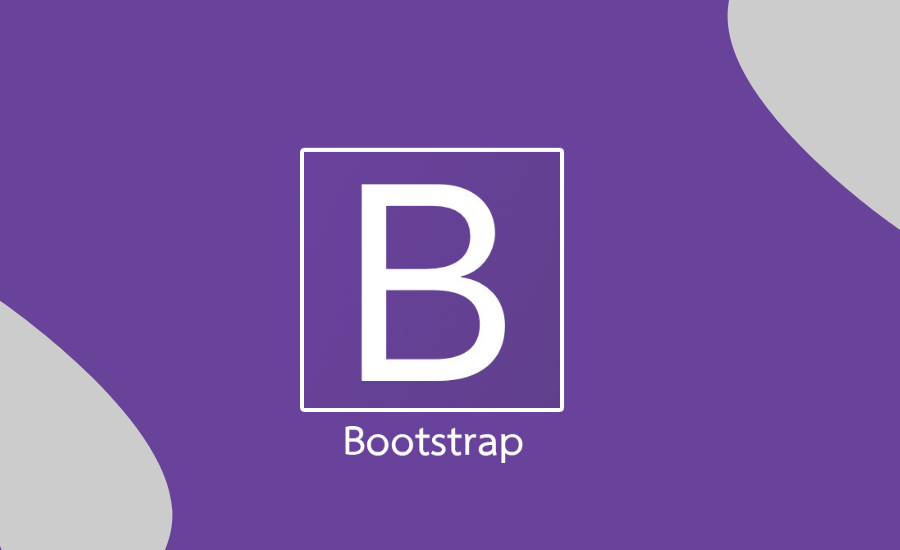
In the event that you’re doing anything web-related, odds are you’ve found out about Bootstrap. Bootstrap is an incredible tool stash – an assortment of HTML, CSS, and JavaScript apparatuses for making and building pages and web applications. It is a free and open-source project, facilitated on GitHub, and initially made by (and for) Twitter. On the off chance that at this point you actually don’t have the foggiest idea what Bootstrap is, or you simply need to improve the outline of what it is and what it specializes in, you’ve gone to the ideal spot.
Assuming you’re doing anything web-related, odds are good that you’ve caught wind of Bootstrap. If at this point you actually don’t have the foggiest idea what Bootstrap is, or you definitely need to track down a Bootstrap instructional exercise for novices to improve the outline of what it is and what it excels at, you’ve gone to the perfect spot.
Bootstrap is an incredible tool stash – an assortment of HTML, CSS, and JavaScript devices for making and building site pages and web applications. It is a free and open-source project, facilitated on GitHub, and initially made by (and for) Twitter.
So, why learn Boostrap?
After its open-source discharge in 2011, Bootstrap became famous rapidly, and not without reason. Website specialists and web engineers like Bootstrap since it is adaptable and simple to work with. Its fundamental benefits are that it is responsive by plan, it keeps up with wide program similarity, it offers a predictable plan by utilizing re-usable parts, and it is extremely simple to utilize and speedy to learn. It offers rich extensibility utilizing JavaScript, accompanying inherent help for jQuery modules, and an automatic JavaScript API. Bootstrap can be utilized with any IDE or supervisor, and any server-side innovation and language, from ASP.NET to PHP to Ruby on Rails.
With Bootstrap, web engineers can focus on the improvement work, without agonizing over the plan, and get a gorgeous site going rapidly. Then again, it gives website specialists a strong establishment for making fascinating Bootstrap topics.
Getting Started with Bootstrap Basics

Bootstrap is accessible in two structures; as a precompiled rendition, and as a source code variant. The source code adaptation utilizes the Less CSS preprocessor, yet in the event that you are more into Sass, there is an authority Sass port of Bootstrap likewise accessible. To make it more straightforward to utilize CSS merchant prefixes, Bootstrap utilizes Autoprefixer.
The source code rendition comes styles source code written in Less (or Sass), all the JavaScript, and going with documentation. This permits more eager creators and engineers to change and redo, at their will, every one of the given styles, and to construct their own rendition of Bootstrap. Yet, assuming you are inexperienced with Less (or Sass), or you are definitely not keen on changing the source code, relax. You can simply utilize the precompiled vanilla CSS. Every one of the styles can be superseded later by utilizing custom styles.
File Structure
We’ll zero in on the precompiled variant, which can be downloaded here. At the point when you download the compressed document and uncompress it, the essential record structure resembles this:
bootstrap/
├── css/
│ ├── bootstrap.css
│ ├── bootstrap.css.map
│ ├── bootstrap.min.css
│ ├── bootstrap-theme.css
│ ├── bootstrap-theme.css.map
│ └── bootstrap-theme.min.css
├── js/
│ ├── bootstrap.js
│ └── bootstrap.min.js
└── fonts/
├── glyphicons-halflings-regular.eot
├── glyphicons-halflings-regular.svg
├── glyphicons-halflings-regular.ttf
├── glyphicons-halflings-regular.woff
└── glyphicons-halflings-regular.woff2The Bootstrap structure is straightforward and obvious. It incorporates precompiled records that empower speedy use in any web project. Other than incorporated and minified CSS and JS documents, it additionally incorporates text styles from Glyphicons and the discretionary beginning Bootstrap subject.
This design can be effortlessly fused in your own venture’s document structure simply by including the Bootstrap records precisely really of the compressed file, or on the other hand, assuming it suits your undertaking better, you can modify these records and spot them anyplace you like. Simply be certain that the Glyphicons textual styles organizer is on a similar level as the CSS envelope.
Bootstrap Typography
Starting engineers regularly expect their unadulterated and un-styled HTML will appear to be identical across all programs. Sadly, every program has its own default “client specialist” template that is applied to the HTML, and no two programs have similar defaults. For instance, heading text dimensions are not reliable across programs, some unordered and requested records have left edges and others have left cushioning, programs apply custom boundaries and cushioning to the HTML body, and even fastens are delivered contrastingly across programs. To tackle this large number of irregularities, diverse CSS “reset” decisions were conceived that characterize predictable style defaults.
Forms
Structures have made considerable progress throughout the long term, and today utilizing a web structure is quite possibly the most well-known activity performed while perusing the web. While HTML5 presented various new structure credits, input types, and other partner components, programs haven’t outwardly further developed structures a lot. This is one region where Bootstrap truly sparkles, in light of the fact that adjusting and styling names and data sources, approving structures, and showing mistake messages, can be precarious without some assistance.

To begin with, Bootstrap sets generally text-based information components, as
, , and <select>, to 100% width of the parent structure component. It additionally enables you to pick between inline structures, which will deliver different marks and info fields in a similar line, by utilizing the .structure inline class, or even structures, which use networks to adjust each contribution to its own column, by utilizing the .structure level class. Furthermore, assuming you want to put plain text close to a structure mark, rather than the info field, you can give it the .structure control-static class to make it match the visual look of the structure.</p>
Perhaps the best element that Bootstrap brings to structures is approval styles for the mistake, notice, and achievement states. These can be applied to utilize the .has-cautioning, .has-mistake, and .has-achievement classes, individually. By joining this with symbols that can be put inside the info structures, we can get speedy and viable structure approval impacts, even without utilizing any mistake instant message.
The following code piece will produce an information field with a @ sign, to show that we are searching for an email, and with a notice symbol and a yellow blueprint that demonstrates that there is an off-base thing in the information field.
<div class="form-group has-warning has-feedback">
<label class="control-label" for="inputWarning">Email address input field with warning</label>
<div class="input-group">
<span class="input-group-addon">@</span>
<input type="text" class="form-control" id="inputWarning" aria-describedby="inputGroupWarningStatus">
</div>
<span class="glyphicon glyphicon-warning-sign form-control-feedback" aria-hidden="true"></span>
<span id="inputGroupWarningStatus" class="sr-only">(warning)</span>
</div>
Conclusion
This covers only a few of the great Bootstrap components that put Bootstrap ahead of similar frameworks, libraries, and toolkits. With Bootstrap, just a few simple CSS classes are all it takes to build a fully responsive and beautiful front end, fast and easily. It’s a great starting point for your next big project or startup.

Leave a Comment